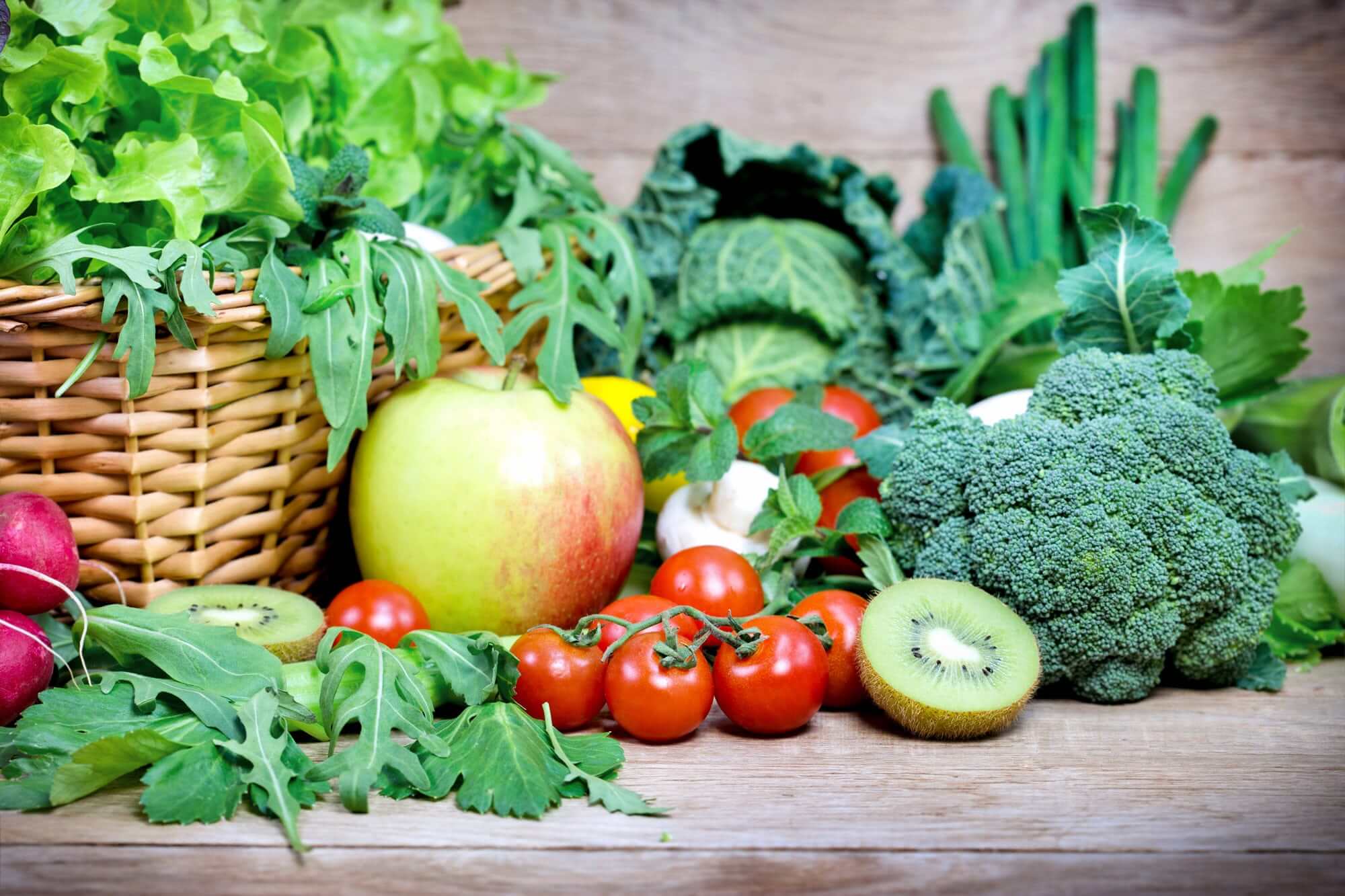Rushing Woman’s Syndrome is the name of the second book I wrote in 2011. The book initially evolved out of my observation of a shift in women’s health and behaviour in my practice over the previous 16 years. Never before in my work had I witnessed so many females in a rush to do everything and be all things to all people. Never before had I seen the extent of reproductive system and sex hormone challenges that I was seeing. Women were wired. Many of them tired too. Tired yet wired. And this relentless urgency, this perception that there was not enough time, combined with a to-do list that was never all crossed off was having such significant health consequences for women that I had to write about it. I didn’t want these amazing mothers, sisters, daughters, friends and colleagues to compromise the quality of their lives in order to live up to this perceived urgency.
Not that long ago in human history women were given the opportunity to do what had traditionally been their father’s jobs, while maintaining what were traditionally their mother’s responsibilities and what has unfolded for too many women is a frantic double shift, of working day and night, with very little if any rest.
We’ve made more progress in the workplace than we have in the home. Research shows that if a woman and man both work full time and have one child, she does twice the amount of housework and three times the amount of childcare he does. So essentially, she has three jobs and he has one. It is time for the dawning of new era for women, which means it has to be for our men as well.
The perceived need to rush, whether a woman displays it on the outside or keeps it under wraps, is changing the face of women’s health as we know it in a detrimental way; from PMS to IBS, from losing our tempers to feeling like we can’t cope.
Rushing Woman’s Syndrome describes what is scientifically known as Sympathetic Nervous System Dominance and the biochemical changes this drives in the body (see extended explanations of the science below). I wanted women to understand the significant way stress can impact the chemistry of their body, the many body systems it can affect, and offer them practical solutions to this.
The role of the nervous system
The nervous system plays a significant role in the stress response and it has a number of parts. The two branches related to this concept are the sympathetic nervous system (SNS), also known as the amped up “fight or flight” response, and the parasympathetic nervous system (PNS), the calming “rest, digest, repair and reproduce” arm of the nervous system. The challenge for too many women today is that they live in SNS dominance and this can play havoc with weight management, food cravings, sleep quality, patience, moods, self-esteem, and overall quality of life.
One of the hormones driving this is adrenalin, which communicates to every cell in the body that your life is in danger. As I described in my TEDx talk science suggests humans have been on the planet for between 100,00 and 150,000 years and for the entirety of that history, that’s what adrenalin has meant to the body. The nervous system doesn’t know that the adrenalin amping you up is not from a physical threat to your life but rather your body’s response to the caffeine you drink and/or your perception of pressure.
When we live on adrenalin we tend not to sleep restoratively, crave (and give in and eat!) sugar despite our best intentions, and find it harder and harder to utilise stored body fat as a fuel, instead burning glucose. Yet when we primarily burn glucose as a fuel (instead of body fat), because it is our “get out of danger” fuel, the body can’t risk the glucose fuel tank getting too low so the desire for sweet food gets switched on… hello harsh self-talk when you give in to your sweet cravings even though you said you wouldn’t.
Sex hormone imbalances
One of the biggest challenges facing women’s health today is the way stress hormone production is interfering with sex hormone balance. Too many women now suffer with premenstrual syndrome (PMS), PCOS, endometriosis and experience debilitating menopauses, which can have both physical and emotional health consequences.
From painful periods to fluid retention, from anxiety to yelling at the people we love the most in the word and berating ourselves afterwards, it has been a long time since women’s health has faced such an intense hormonal challenge. This interference of stress hormones with sex hormones is one of the major biochemical factors I describe in Rushing Woman’s Syndrome.
Estrogen and progesterone are two of a woman’s sex (steroid) hormones and their ratio to one another has the potential to make us happy or sad, vivacious or anxious, pimply or clear skinned, and our clothes looser or tighter. Big roles for two little hormones!
For the first half of the menstrual cycle, estrogen is the dominant hormone, laying down the lining of the uterus. Estrogen wants a menstruating female to get pregnant every month of her life, whether that is on her agenda or not!
For the first half of the cycle, we make a small amount of progesterone from our adrenals glands, walnut sized-glands that sit on top of our kidneys. Progesterone’s job reproductively is to hold the lining of the uterus in place, yet it performs a host of other biological functions aside from those involved in reproduction.
Progesterone acts as an anti-anxiety agent, an anti-depressant and a diuretic, allowing us to excrete excess fluid. However, our adrenal glands are also where we make our stress hormones from; namely adrenalin and cortisol. As you now know, adrenalin communicates to every cell in your body that your life is in danger, while cortisol says that food is scarce. As your body links progesterone to fertility, the last thing it wants for a woman is to bring a baby into an environment where it perceives she is not safe and that there is no food. The body, therefore believes that it is doing you a great big favour by shutting down the adrenal production of progesterone.
Park the fertility aspect of what I’ve just said and consider the additional biological impacts of this: we make too little of a hormone that helps us not feel anxious, not have a depressed mood and allows us to efficiently mobilise fluid. If a woman retains fluid, she usually feels “puffy and swollen” and this discomfort can impact the food choices she makes for the rest of the day, the way she speaks to the people she loves the most in the world and intimacy can fly out the window. That’s just the first half of the cycle!
Once ovulation occurs around mid-cycle, the majority of a woman’s progesterone is made by the corpus luteum, the crater that remains in the surface of the ovary after an egg has been released. On day 21 of the cycle, progesterone is supposed to peak, yet the most common test result I get back from laboratories is “<0.5”… in other words, the lab can’t find it… can’t find the hormone that is designed to help keep us calm, not anxious, not deeply sad and have our clothes continue to fit.
For too many women, estrogen is dominant (to progesterone) leading into the menstrual period and this is the typical hormonal imbalance that is the basis of PMS – heavy clotty painful periods, swollen tender breasts, and mood swings that can oscillate from intense irritability to immense sadness, sometimes in the same hour and often for reasons that cannot be identified! This can feel like chaos for a woman… and everyone around her.
I like to say this biochemical and emotional scenario is common but not normal. It doesn’t have to be this way. What if the symptoms your body gives you, what if the parts of your body that frustrate or sadden you, are simply messengers asking you to eat, drink, move, think, believe or perceive in a new way? It is time to see them as the gifts that they are. These symptoms can be wake up calls for women to make changes in their lives they may not otherwise make, enhancing their health, energy, vitality and greatness in the process.
Why do we do what we do when we know what we know?
So why do we do it? One reason is because we care so much for the people in our lives. On one level this way of living comes from such a beautiful place. It happens because we have beautiful hearts, but even deeper than that it happens because we made up a story a really long time ago that we aren’t enough the way we are; that we aren’t good enough, tall enough, slim enough, pretty enough, brainy enough, on time enough, that we’re just not enough the way that we are, so we spend our lives trying to please everyone in our realm, putting their needs ahead of our own. We rush around and do all we can to make sure that others love and appreciate us so that we never, ever have to feel rejected, ostracised, unlovable, criticised, yelled at, and like we’ve let others down.
It’s not just the physical health consequences that concern me for women. It’s that they live their lives so out of touch with their beautiful hearts, out of touch with how extraordinary they are and in the cloud of false belief that they aren’t enough.
It is important to realise that the way we eat, drink, move, think, believe and perceive impacts our need to rush. As a scientist and health professional I aim to help people live their lives with more PNS activation because this alone can have the most profound effect on health. From that place sex hormones are far easier to balance, liver function (detoxification processes) and digestion work closer to optimal so there’s far less bloating, and the thyroid works better which is also important for metabolic rate and the ability to burn body fat.
Bring awareness to why you do what you do and work out what lead you there. Awareness, rather than judgment of ourselves is the first step in this journey to retire from the rush. Please remember that life is precious, that you are precious and to treat yourself accordingly.







